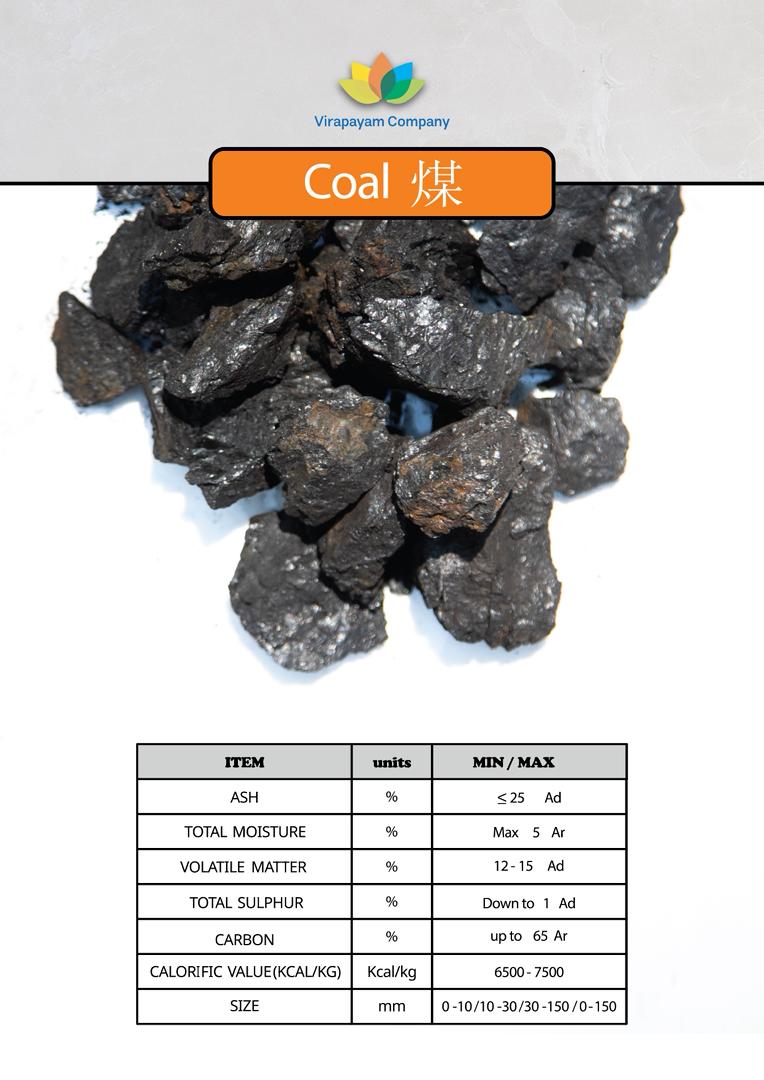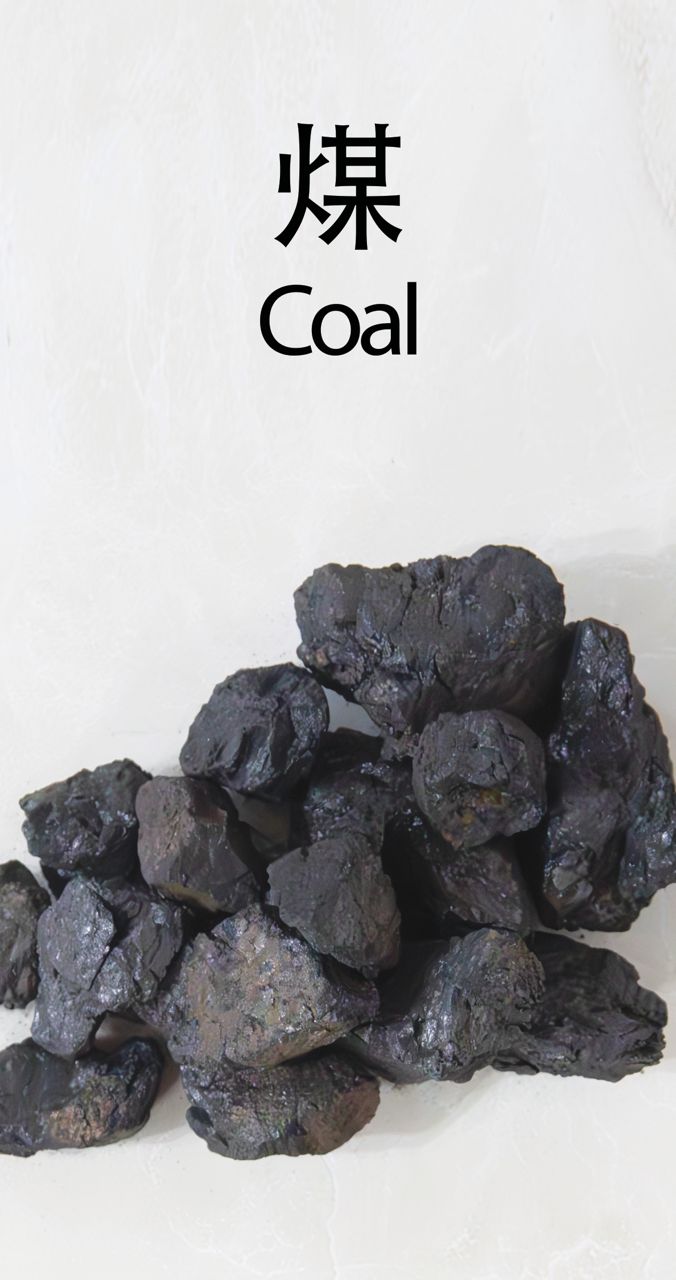
🔥 COAL – Earth's Ancient Energy Encased in Stone!Once lush forests, now transformed by pressure and time—Coal is not just a fuel; it's a geological chronicle etched in black. Below is a deep dive into Coal as a naturally occurring organic mineral, from its formation in ancient swamps to its classification, properties, and occurrence.
📌 Basic Identification
- Name: Coal
- Chemical Formula: Approximate (C + H + O + N + S) – primarily Carbon-based
- Mineral Group: Organic sedimentary rocks
- Type: Not a mineral in strict terms, but classified under mineraloids
- Texture: Ranges from dull earthy to glossy vitreous
- Hardness: ~1 – 3 on Mohs scale
- Specific Gravity: ~1.1–1.5 g/cm³ (varies by type)
- Luster: Dull to resinous or submetallic (especially in anthracite)
- Transparency: Opaque
- Streak: Black to dark brown
- Fracture: Conchoidal to uneven
- Color: Jet black, brownish-black, or dark grey depending on rank
🌍 Geological Formation and Origin
Coal originates from prehistoric plant material that accumulated in swamps and peat bogs during the Carboniferous and later periods. Over millions of years, through burial, compaction, and biochemical alteration, plant matter transformed into peat, then into various coal types depending on temperature and pressure.
🧬 Stages of Formation (Coalification):
- Peat: Partially decayed plant material in swampy settings
- Lignite: Brown coal, relatively soft and low carbon content
- Sub-bituminous: Intermediate coal, higher in carbon
- Bituminous: Harder, blacker, and more mature
- Anthracite: The highest rank—hard, lustrous, and carbon-rich
🌿 Associated Environments:
- Delta plains and coastal swamps
- Ancient floodplains with slow sedimentation
- Warm, humid climates with high biomass productivity
🌎 Global Occurrence and Deposits
Coal is widespread and found on every continent. Major coal-forming basins include:
- United States: Appalachian Basin, Illinois Basin, Powder River Basin
- China: North China Platform and Ordos Basin
- India: Gondwana coalfields (Jharkhand, Chhattisgarh, West Bengal)
- Russia: Kuznetsk and Pechora Basins
- Australia: Bowen and Sydney Basins
- South Africa: Witbank and Highveld fields
- Germany & Poland: Lignite basins like the Rhine and Silesian regions
Coal occurs in:
- Thick horizontal seams within sedimentary rock layers
- Folded and faulted strata in mountain belts
- Sometimes preserved in paleoenvironments alongside fossilized flora
🔬 Mineralogical and Physical Characteristics
- Macroscopic Appearance
Coal varies in appearance from earthy and soft (lignite) to hard and glossy (anthracite). It often breaks with irregular fracture planes and may show banding due to plant layers. - Color and Shine
From dull brown to high-gloss black depending on rank. Bituminous coal has a resinous luster, while anthracite displays a bright, semi-metallic sheen. - Composition
Composed primarily of carbon, with varying amounts of hydrogen, oxygen, nitrogen, and sulfur, often along with trace minerals like pyrite.
🧪 Chemical and Thermal Stability
- Higher-rank coals (bituminous & anthracite) are more stable under geological stress.
- Lower-rank coals are more reactive and prone to oxidation when exposed to air.
- Not soluble in water; can undergo spontaneous heating in oxygen-rich environments.
🧭 Environmental and Geological Significance
- Coal Seams as Stratigraphic Markers: They help geologists define time periods and depositional sequences.
- Fossil Preservation: Often contains impressions or remains of ancient plants, offering a glimpse into prehistoric ecosystems.
- Indicators of Paleo-climates: Presence of coal signifies lush, tropical, or temperate past environments.
🛑 Handling and Preservation
- Soft coals (peat, lignite) can crumble easily and require careful storage.
- Avoid exposure to moisture, air, and direct sunlight to prevent degradation or oxidation.
- Display samples in dry, cool environments to preserve structure and appearance.
✅ Summary
Coal is more than just black rock—it's Earth’s organic archive. Formed from ancient forests and buried under time, it carries the signature of evolving life and climate across millions of years. With its layered beauty and complex history, coal stands as one of the most geologically and historically significant natural resources on our planet.

